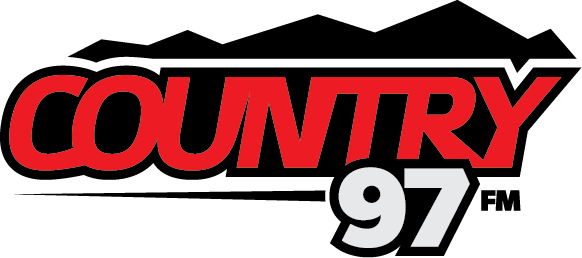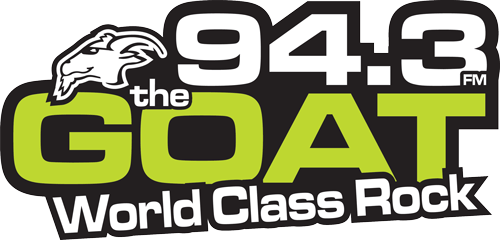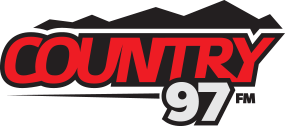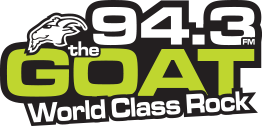School District 57’s 2022/23 ‘How Are We Doing?’ Aboriginal Report is in.
According to the report, 29.8% of SD57’s students identified as Indigenous last year, well above the provincial average of 11.4%.
All 40 schools in SD57 have a student population that is at least 10% Indigenous, the hefty majority have 20-50%. This also exceeds the provincial average.
Despite only making up 30% of the district’s student population, more than half of the students in Alternate Programs within SD57 are Aboriginal and 49% of students with disabilities or diverse abilities are Indigenous.
The Foundational Skills Assessment (FSA) test results from 2022/23 were also included in the report.
Just over half of Indigenous fourth graders are ‘on track’ or ‘extending’ in Literacy and Reading, 47% are labeled as ’emerging,’ which is the lowest designation of the three.
70% of non-Indigenous students are on track or extending.

In grade 7, 54% of Indigenous students are on track or extending in reading and literacy, while 67% of non-Indigenous are on track/extending.
In numeracy, only 37% of 4th grade Indigenous students in SD57 are on track, 63% are emerging.
54% of non-Indigenous 4th graders are on track or better in numeracy.
All 7th grade student groups were below 50% on track in numeracy, a trend which is not new.
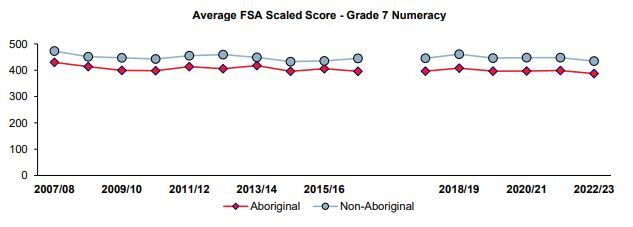
The report also gave a breakdown of average Indigenous grades in select grade 10-12 courses.
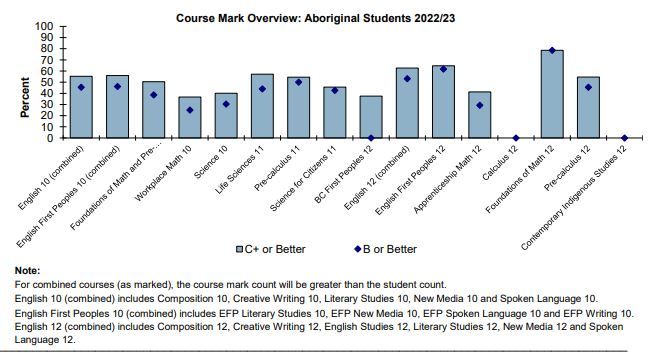
Graduation rates also have quite the spread.
57% of Indigenous students left high school with their high school diploma in five years last school year, while 82% of non-Indigenous students earned theirs.
Those numbers go up to 64% and 88% when looking at six year completion.
A large factor is only 56% of Indigenous students enrolled in English 12 or English First Peoples 12, which is required to graduate.
The time where most students’ progress towards graduation is derailed is between starting grade 12 and completion.

The results from across the province have quite a range, but the observed graduation rates in SD57 are not unique.
The District reports the province-wide outcome for Indigenous learners ends in graduation 68-85% of the time, while non-Indigenous learners are 83-94%.
The How Are We Doing? Report was presented by acting Superintendent Pam Spooner during a Board of Education Committee meeting on January 9th, and again at the board’s monthly regular public meeting on Tuesday (January 30th).
At the Committee Meeting, Vice Chair Erica McLean said “if we do education really well, it won’t be called inclusive education, it will just be called education.”
Thanking district staff for the report, she said “you are dissecting what is systemic racism and the inherent biases and challenges these students are facing, and then how to move forward.”
Board Chair Craig Brennan added “what is student success? Is it tied strictly to those metrics or can you measure it in a different way?”
“Is it measured on a piece of paper, or does it mean you are ready to move on and do the next thing… I don’t know how that fits into a report and how you measure it, but I think it is real and it is part of the human experience.”
You can find the full 60 page report here.
Something going on in the Prince George area you think people should know about?
Send us a news tip by emailing [email protected].

